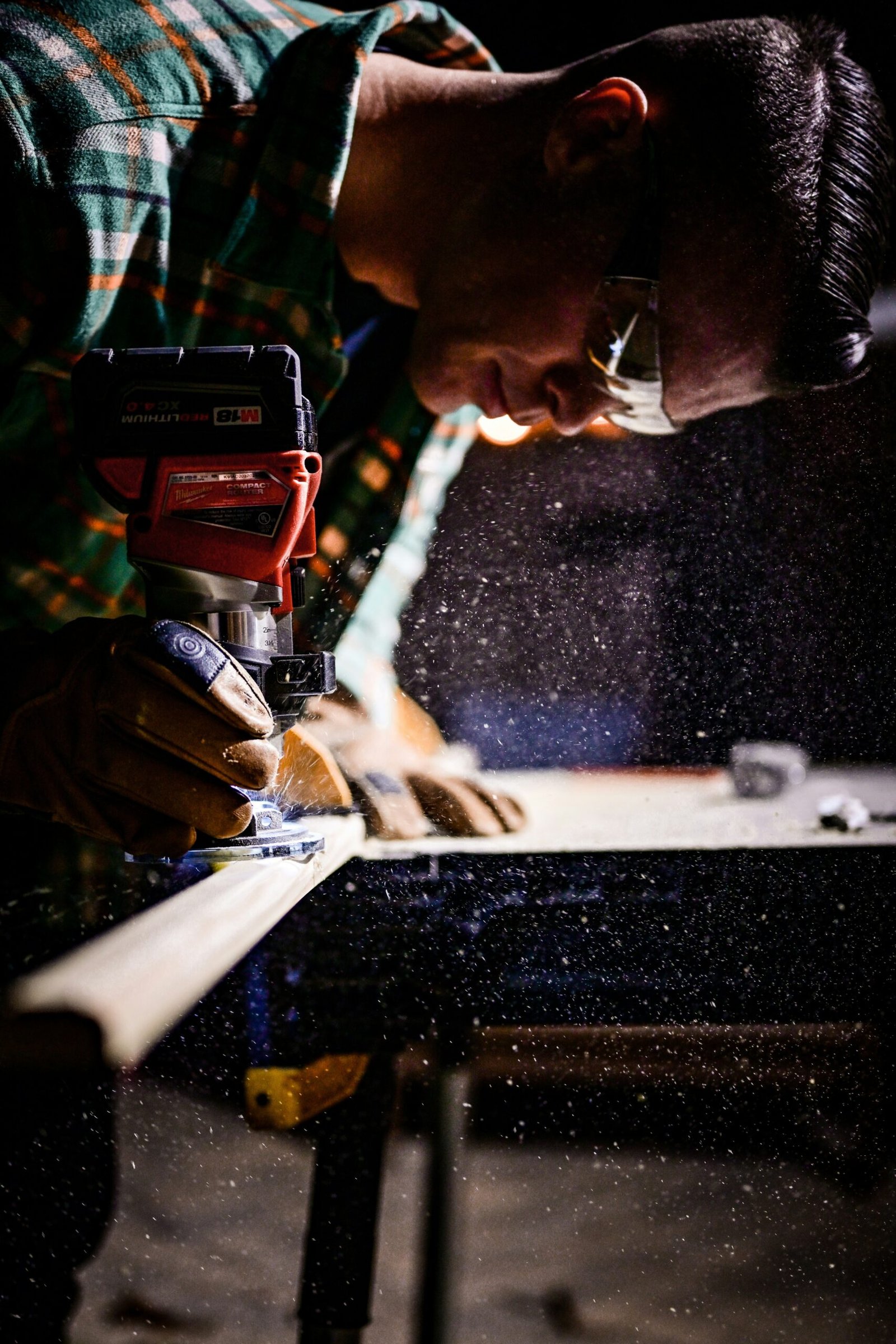Introduction: Why Choose Natural Air Fresheners?
In an era where health and environmental consciousness are on the rise, the choice of air fresheners is no exception. Many commercially available air fresheners contain synthetic chemicals and artificial fragrances that can pose risks to both human health and the environment. For instance, some synthetic air fresheners release volatile organic compounds (VOCs) that can contribute to indoor air pollution, leading to an array of health issues such as respiratory problems and allergies.
Natural air fresheners offer a much safer alternative, utilizing ingredients derived from nature, such as essential oils, herbs, and other organic materials. These natural ingredients are less likely to cause allergic reactions and are generally free from the harmful compounds found in their commercial counterparts. Moreover, plant-based air fresheners impart a subtle, authentic aroma that commercial products often mask with overpowering synthetic scents.
Beyond health and environmental benefits, making your own natural air fresheners can also be a cost-effective solution. The ingredients for these DIY recipes are often readily available, and creating your own blends allows you to tailor the scent to your own liking. You can choose from a variety of essential oils— such as lavender, eucalyptus, or citrus— to craft unique combinations that align with your personal preferences and needs.
Ultimately, the move towards natural air fresheners reflects a broader trend of mindful living, where the choices we make in our daily lives are more aligned with sustainability and well-being. By opting for natural alternatives, you not only safeguard your own health but also lessen your environmental footprint, contributing to a healthier planet. Whether you’re concerned about indoor air quality or simply desire a personalized aromatic experience, creating your own natural air fresheners is a rewarding and sensible option.
Essential Ingredients and Tools You Will Need
Creating your own natural air fresheners involves a thoughtful selection of ingredients and tools to ensure effectiveness and safety. The primary ingredients you will need include essential oils, baking soda, vinegar, and distilled water. These natural elements function as deodorizers and fragrance carriers, providing an eco-friendly alternative to chemical-based air fresheners.
Essential oils are the cornerstone of any homemade air freshener. Oils such as lavender, lemon, eucalyptus, and peppermint not only release pleasant aromas but also have therapeutic properties. It is crucial to opt for high-quality, organic essential oils, as they contain no additives or synthetic compounds, ensuring a purer scent and a healthier indoor environment. Organic options can be sourced from reputable health stores or specialized online retailers.
Baking soda, another key ingredient, acts as a powerful deodorizer. Its ability to neutralize odors makes it an essential component in natural air fresheners. Similarly, vinegar is known for its antibacterial properties and can be used to both clean and freshen the air when combined with essential oils and distilled water. Distilled water is preferred over tap water as it lacks impurities that might affect the quality and longevity of your air fresheners.
In addition to the right ingredients, having the appropriate tools is equally important. Spray bottles are essential for creating mist-based air fresheners, allowing you to distribute your scented mixture evenly throughout a space. Jars can be used for making solid air fresheners with baking soda. Reed sticks, which are often part of diffuser setups, can help continuously release essential oil fragrances into the air. These tools can easily be sourced online or from home improvement stores. Selecting durable and reusable tools contributes to the sustainability of your DIY projects.
By carefully choosing the right ingredients and tools, you can craft effective, natural air fresheners that support a healthy lifestyle and serene living environment.
Step-by-Step DIY Recipes for Natural Air Fresheners
Creating your own natural air fresheners can be both rewarding and eco-friendly. Here are three versatile and easy-to-follow recipes you can try at home. Each recipe includes a list of ingredients, precise measurements, and clear steps to help you achieve the best results.
Lavender and Vanilla Spray
Ingredients:
- 1 cup distilled water
- 2 tablespoons vodka or rubbing alcohol
- 10 drops lavender essential oil
- 5 drops vanilla extract
Instructions:
- Combine the distilled water and vodka in a spray bottle.
- Add the lavender essential oil and vanilla extract.
- Shake thoroughly to mix all ingredients.
- Spray around your home to enjoy a calming lavender and vanilla scent.
Citrus and Herb Diffuser
Ingredients:
-
- 1/2 cup fractionated coconut oil
- 15 drops lemon essential oil
- 10 drops rosemary essential oil
- 5 drops eucalyptus essential oil
- Reed sticks
<
- Small glass jar
Instructions:
- Pour the fractionated coconut oil into the glass jar.
- Add the lemon, rosemary, and eucalyptus essential oils.
- Stir the mixture gently to blend the oils.
- Insert the reed sticks into the jar and let them soak up the scented oil.
- Flip the reeds occasionally to refresh the scent.
Cinnamon-Scented Simmer Pot
Ingredients:
- 2 cinnamon sticks
- 1 sliced orange
- 1 tablespoon whole cloves
- 4 cups water
Instructions:
- Fill a pot with 4 cups of water.
- Add the cinnamon sticks, sliced orange, and whole cloves.
- Bring the mixture to a gentle boil, then reduce the heat to simmer.
- Allow the pot to simmer for several hours, adding more water as needed to prevent drying out.
- Enjoy the warm and inviting aroma that fills your home.
Experimenting with different scents and combinations can lead to unique and personalized air fresheners. Feel free to substitute other essential oils or natural ingredients to match your preferences. These DIY recipes not only make your living space smell delightful but also provide a chemical-free alternative to store-bought options.
Creating your own natural air fresheners not only allows for a personalized touch but also ensures the products used are free from harsh chemicals. For optimal usage and longevity of these homemade air fresheners, proper storage, strategic placement, and regular refreshing are key factors to consider.
Proper Storage
To maximize the shelf life of your natural air fresheners, store them in cool, dark places where they are protected from heat and direct sunlight. Essential oils and natural ingredients, which are common components of DIY air fresheners, can degrade when exposed to these elements. Using airtight containers can further preserve the potency and freshness of the air freshener ingredients, ensuring they remain effective for longer periods.
Strategic Placement
The location of your homemade air fresheners can significantly impact their effectiveness. Placing them in areas with good airflow, such as near vents or windows, can help distribute the fragrance throughout the room. For closet or drawer fresheners, ensure there’s enough space around the sachets or jars to allow the scent to permeate the contents. Additionally, positioning air fresheners near high-use areas like living rooms and kitchens can ensure continuous refreshing of these spaces.
Regular Refreshing
Regularly refreshing or replacing the ingredients in your DIY air fresheners is essential to maintain their effectiveness. On average, it’s advisable to refresh the ingredients every 3-4 weeks. For items like potpourri or sachets, replenishing with a few drops of essential oils can revitalize their scent. For other types, such as jellied air fresheners, replenishing should involve replacing the entire content to keep them effective.
Safety Considerations
Safety is paramount, particularly if you have pets or small children. Ensure that any air fresheners placed within their reach are non-toxic. Ingredients like certain essential oils can be harmful if ingested by pets or children. Keep air fresheners out of reach, and consider using child-proof containers or placing them in elevated areas. Always review the ingredients of your DIY air fresheners to avoid potential allergies or other health concerns.



